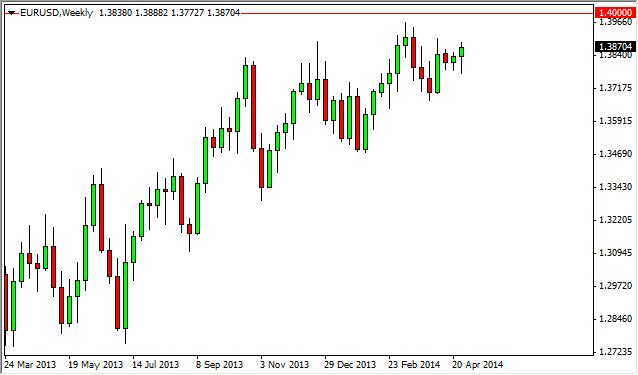EUR/USD forecast for the week of May 5, 2014, Technical Analysis
EUR/USD fell during a large portion of the week, but found enough support below in order to bounce and form a hammer. We believe this hammer is simply a sign that the market wants to go higher, but we recognize that the 1.40 level is crucial at this point. Mario Draghi has essentially stated that the 1.40 level is the “line in the sand” at the moment, so as a result we think that every time this market comes near there we will see a bit of selling pressure.


 LinkBack URL
LinkBack URL About LinkBacks
About LinkBacks







 Reply With Quote
Reply With Quote

Bookmarks